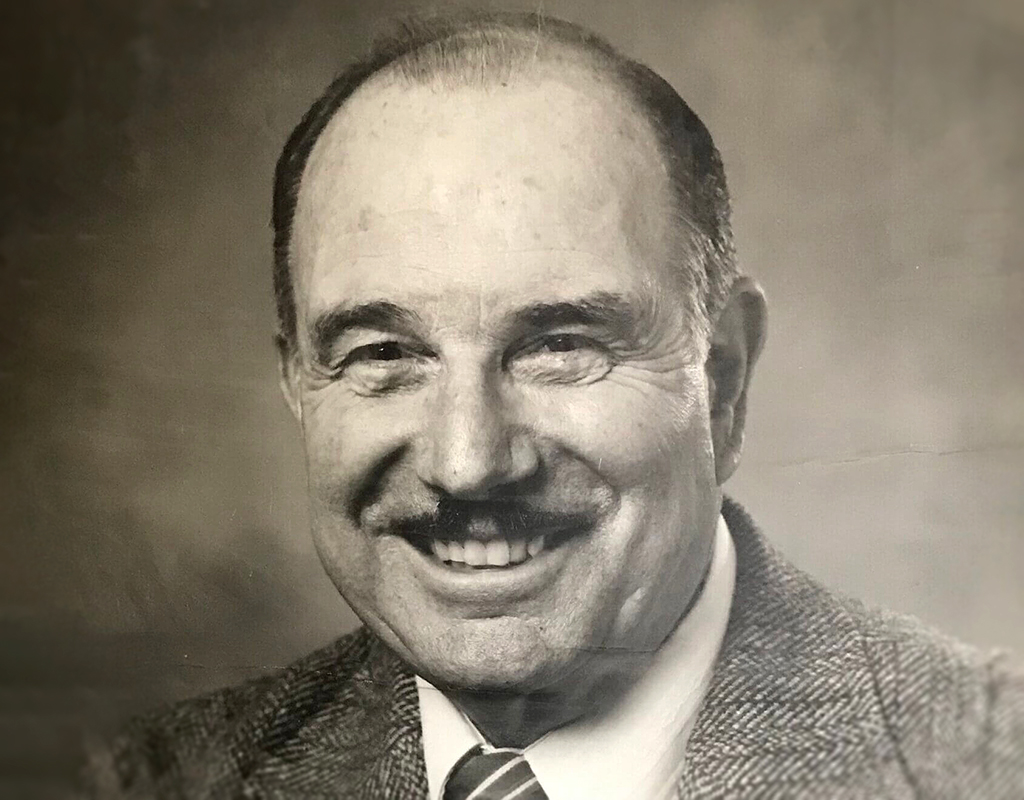
The Vertical Flight Society — founded in 1943 as the American Helicopter Society, Inc. — mourns the loss of its last surviving founding member. Michael Antonio “Tony” Paradiso passed away at his ranch in Woodbridge, California, on Feb. 1, 2024, at 103 years old.
Paradiso spent 47 years in aerospace engineering. This included a total of eight years at Sikorsky Aircraft (then part of United Technologies Corporation) in Stratford, Connecticut, and 39 years at Douglas Aircraft Company in Long Beach, California.
He was born in Milford, Massachusetts, and graduated from Milford High School in 1938. He attended the Aero Industries Technical Institute (1938-1939) in Los Angeles, and learned to fly at Mines Field — now Los Angeles International Airport (LAX) in 1939.
He started that year at Douglas Aircraft as a craftsman, but was excited by the prospects of rotary wing aircraft and joined Sikorsky in April 1941. There he was one of 25 engineers during the development of Sikorsky VS-300A, the world’s first practical helicopter.
In February 1943, as one of six original founding members, he drafted the constitution that created the American Helicopter Society (AHS) — now VFS.
He returned to the West Coast and worked for Douglas (1945–1948), then again to Sikorsky (1948–1951) where he was involved in the design of Sikorsky’s powered hoist, which has since been used to save countless lives. With his wife preferring the warmer weather to raise a family, he returned to Douglas in 1951 and stayed with them until his retirement in 1986. Along the way, he graduated from University California at Los Angeles (UCLA) with a degree in aeronautical engineering in 1956.
In 1951, at the U.S. Navy missile test base in Point Magu, California, Paradiso flew in the Douglas Aircraft Company’s first jet fighter, F3D, and air-launched Douglas’s first air-to-air radar-guided missile, the Sparrow II. In January 1985, he was selected engineer of the month at Douglas Aircraft, from more than 1,000 engineers in design, analysis and test flight operations.
As an advanced design engineer at Douglas, Paradiso supervised talented and experienced teams of engineers to help win competitions for the KC-10A U.S. Air Force tanker aircraft and the T-45A Goshawk US Navy jet trainer. He was involved in the design for a Mach 3 passenger airplane and the National Aerospace Plane Mach 5 intercontinental passenger transport. He was also part of the cooperation with Boeing for the design of the presidential aircraft, Air Force One. Paradiso retired in 1986.
In 1984, at the Society’s 40th Annual Forum, Paradiso presented his copy of the draft of the constitution to the Society. In 1994, at the 50th Annual Forum, he presented the Society with a 1/20th-scale, museum-quality model of the Sikorsky VS-300A helicopter built from scratch by three master model builders working a combined 600 hours.
In 2002, he was named as one of 50 living helicopter engineer pioneers worldwide, and was an honored guest for “A Day with the Pioneers” program held at the Society’s 58th Annual Forum in Montréal, Québec.
More recently, Paradiso spoke at the 68th Annual Forum in Ft. Worth, Texas, in 2012 (see “Interview with a Pioneer: Michael A. ‘Tony’ Paradiso,” Vertiflite, July/Aug 2012), and at the 70th Annual Forum in Montréal in 2014 (shown with then-Executive Director Mike Hirschberg).
A video interview of Paradiso was presented at the 75th Annual Forum Grand Awards Banquet in Philadelphia in May 2019.
Paradiso left an indelible mark on Sikorsky, the aerospace industry and the Vertical Flight Society.

